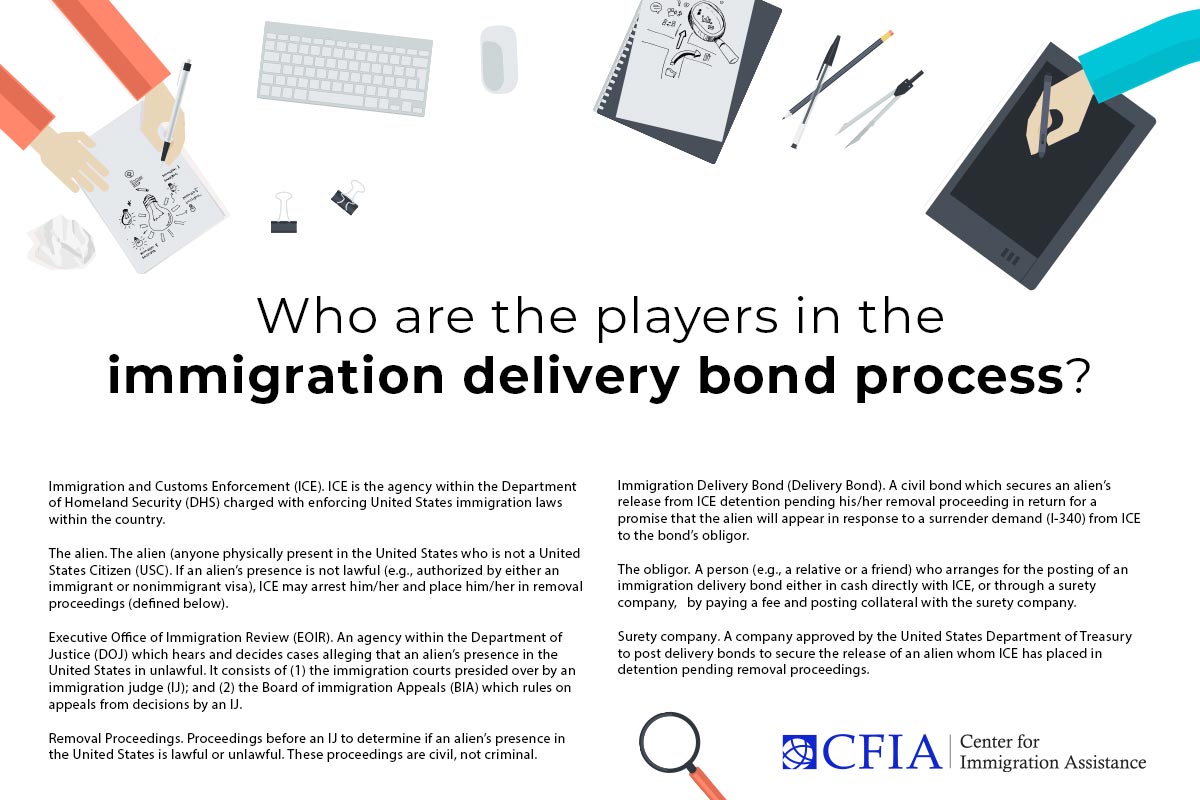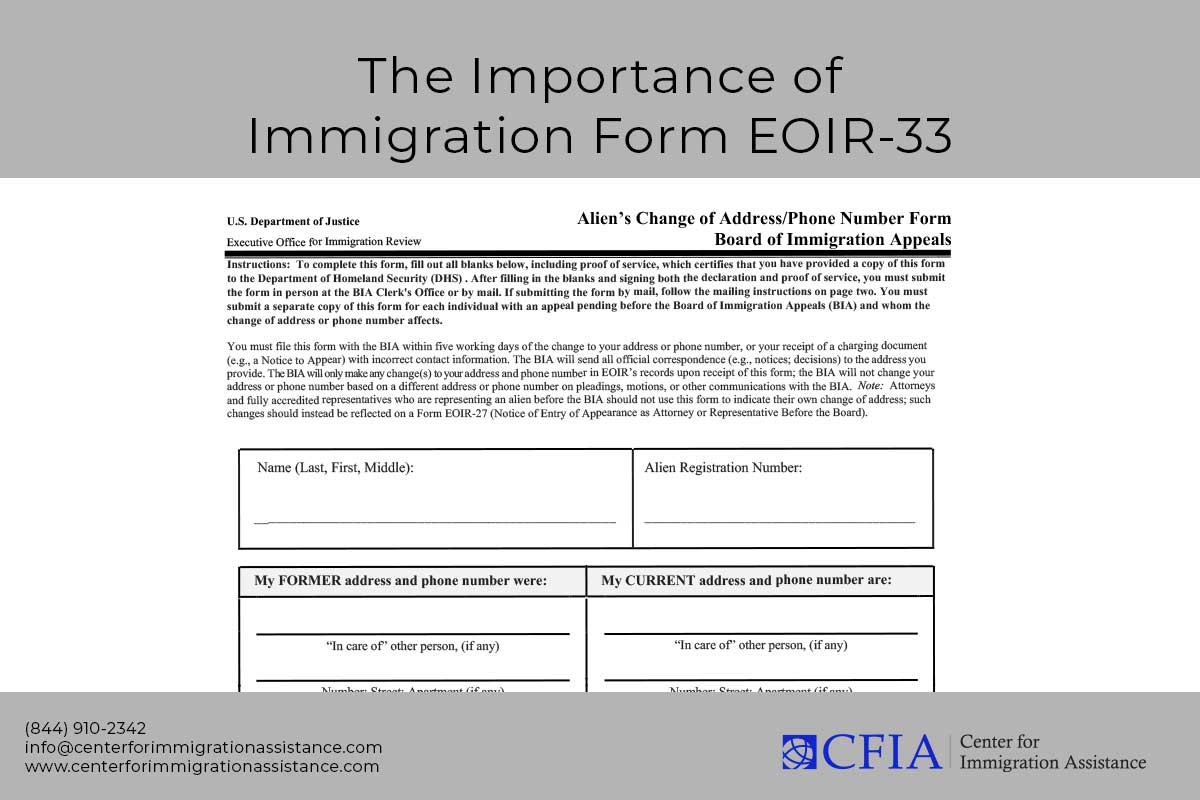How does the immigration bond process work?
One of the most commonly asked questions I hear is “how does the immigration bond process work?”
Many people make the mistake of confusing the immigration bonding process with that of traditional bail bonding. While these two processes are similar, they are also very different. In order to clear up any confusion or misunderstanding of the immigration bond process, I have outlined the process in detail in this blog. That being said, you can always still call the Center for Immigration Assistance directly if you have any specific questions, (844) 910-2342.








